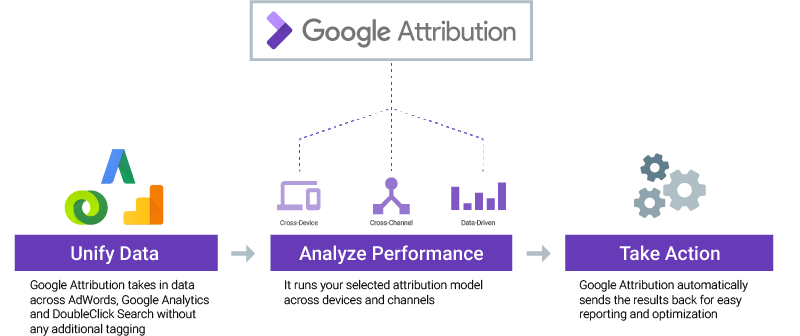Advances in Mobile-Local and Mapping Technology
In response to the rising rate of consumers who research stores, products, restaurants, etc. online prior to visiting, Google has provided a variety of AdWords tools that allow advertisers to deliver higher quality and more relevant ads to users. Tools like Promoted Places and local inventory help advertisers enhance the ads that appear in Google search results, whereas the location extensions tool helps YouTube viewers find local stores to purchase the products they see in video ads or in the YouTube videos themselves.
Back in 2014, Google began providing store visits measurements, which helps advertisers track customers’ journeys from online research to store visits. Google has been working to improve this measurement tool so that companies are making critical business decisions using the most accurate data Google can provide. Through deep learning models, Google requires that data meets stricter accuracy thresholds, so that it can measure store visits with greater confidence. Google is using these deep learning models specifically to obtain more accurate data for high density areas. Examples include multi-story malls and densely populated cities where there are a lot of stores in close proximity to each other.
To verify the data it collects, Google conducts surveys where it directly asks consumers which locations they’ve visited. Google then cross checks the survey data with existing data to determine the accuracy of its predictions. Google even has a team that conducts live audits.
Another component of driving more users to stores is improved mapping technology. Google updated the geography and geometry of Google Earth and Google Street View, so users can get a better idea of stores’ locations prior to visiting.
Google Attribution
About a week ago (May 23, 2017 to be exact), Google launched the beta version of Google Attribution. This makes it possible for marketers to measure the impacts of their marketing campaigns across various devices and channels from one location. Marketers can connect multiple applications, such as AdWords, Analytics, and DoubleClick Search, to create and access a more comprehensive data pool that will allow them to learn more about consumers’ purchasing journeys rather than having to assign last-click attribution to their sales.
(Unfortunately for many marketers, Google Attribution won’t be available for everyone. AdWords users must have at least 15,000 clicks and 600 conversions within a 30-day period in order for data-driven attribution to be effective.)

Beyond measuring store visits, businesses need to know if their online ads are directly translating to an increase in in-store sales? To help businesses answer this question, Google plans on rolling out a store sales measurement feature at the device and campaign levels. This will help businesses attribute in-store revenue to online ads.
Machine learning is continuing to provide better audience insights for advertisers who can use data to deliver better ads. The ultimate implication for advertisers is that they will be able to build better online-to-offline experiences for customers.

